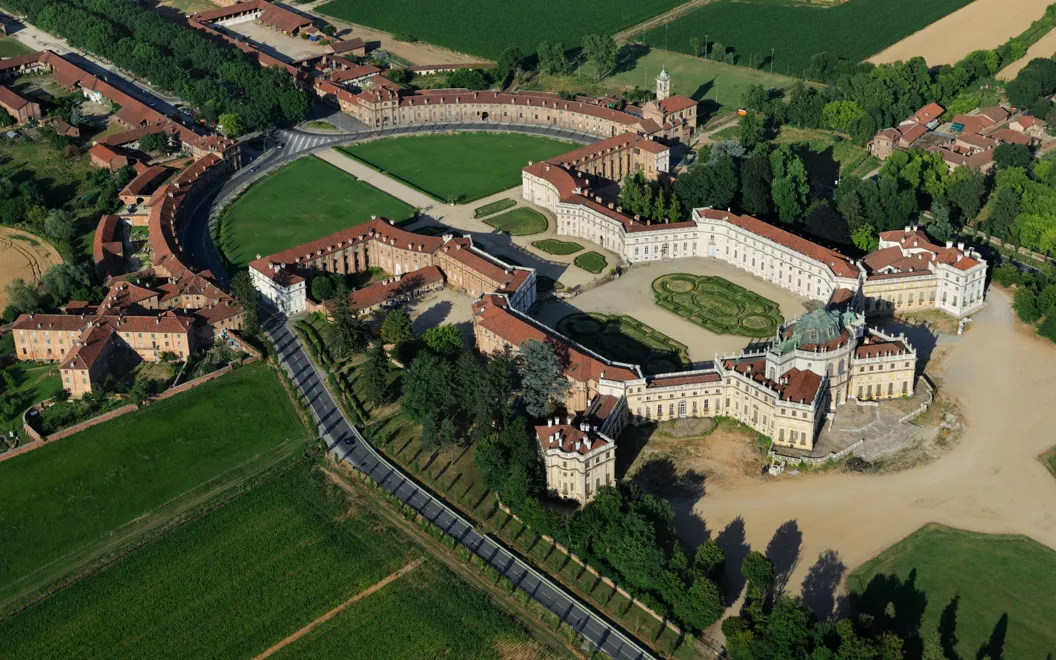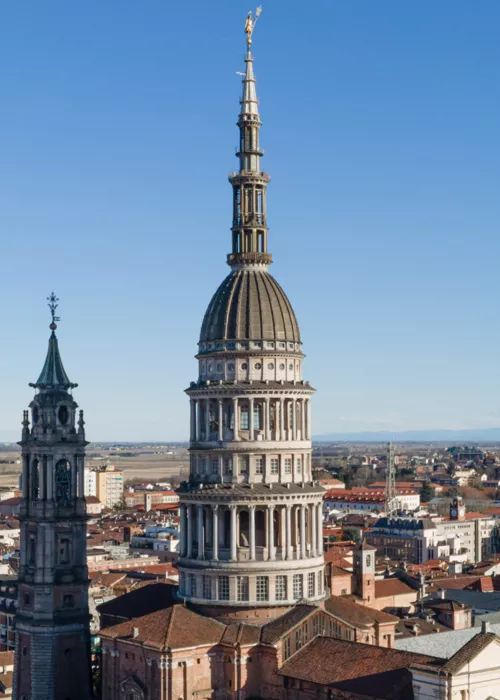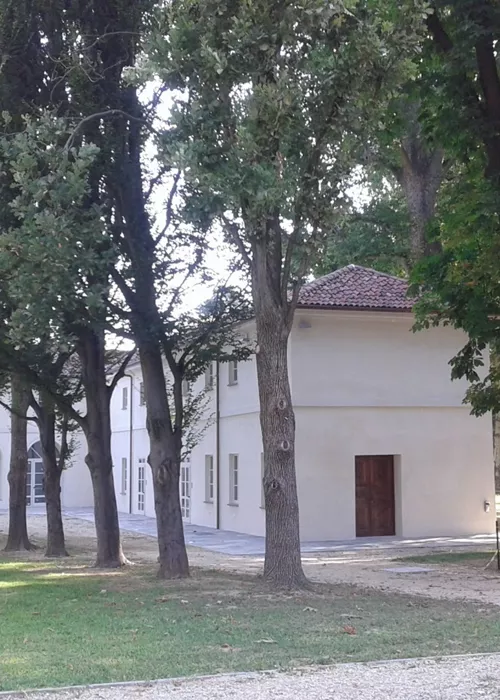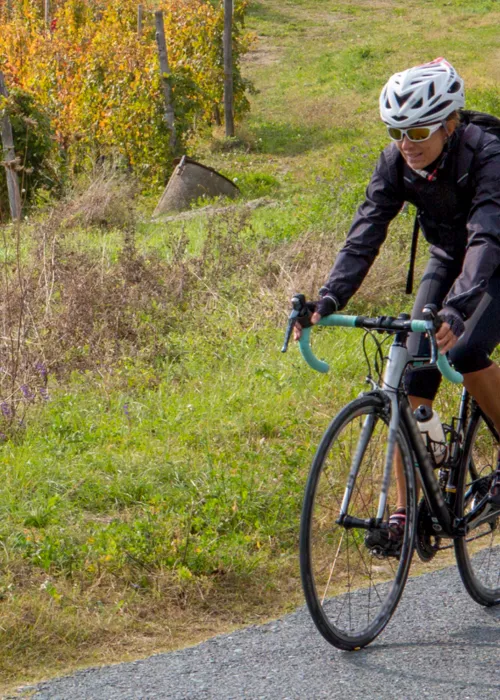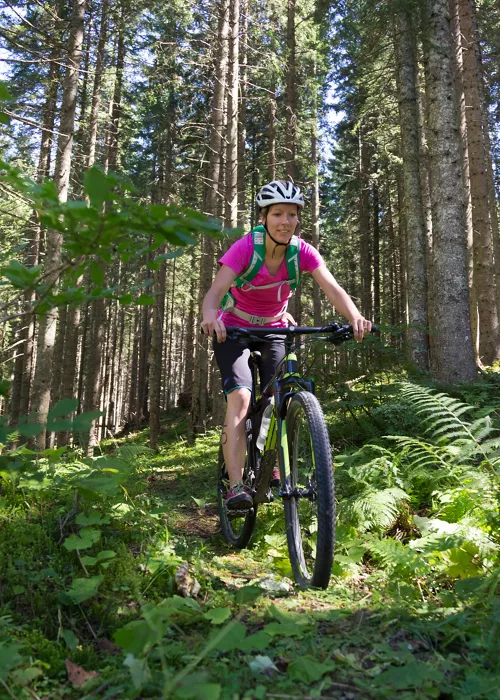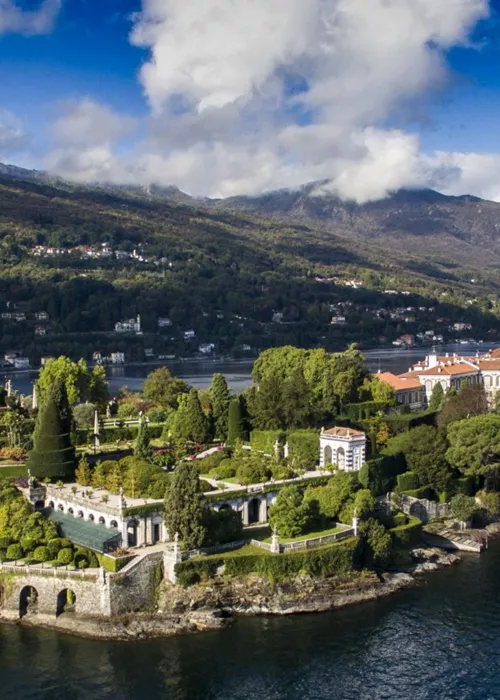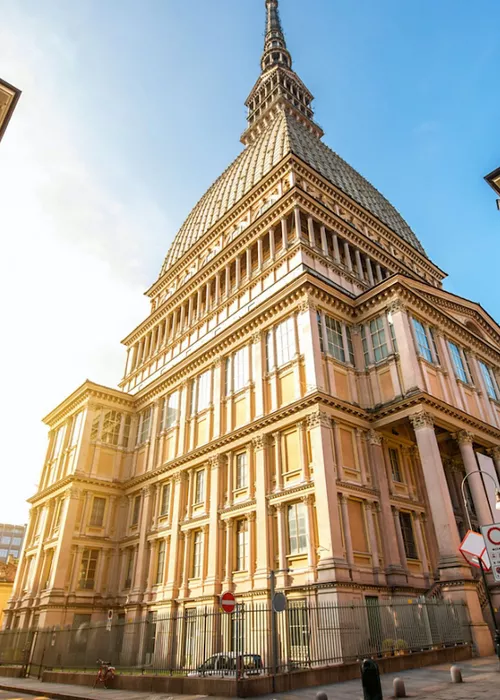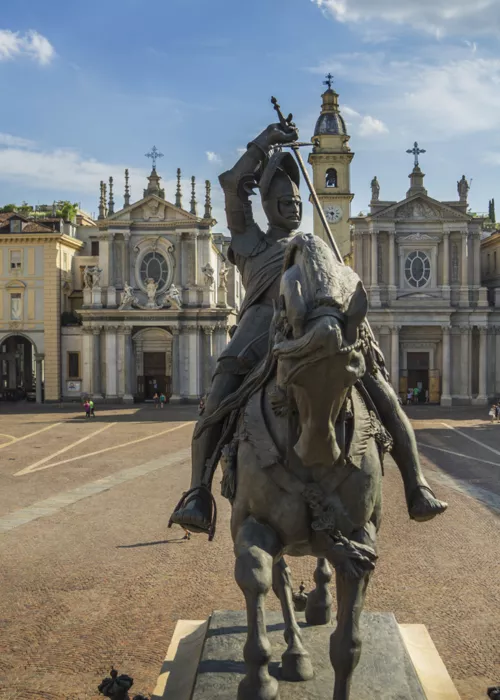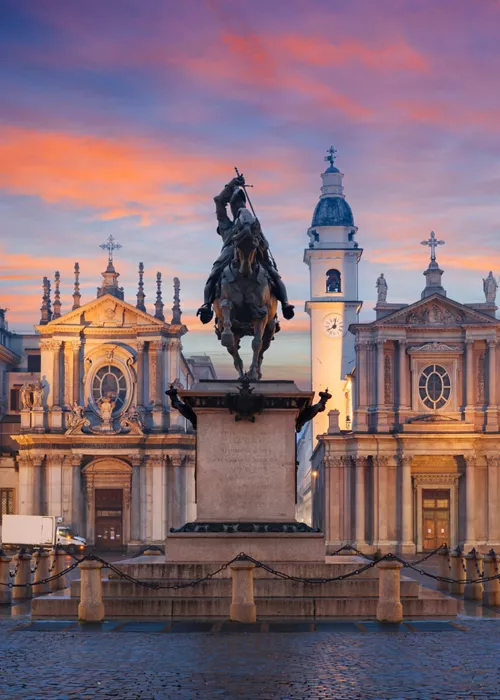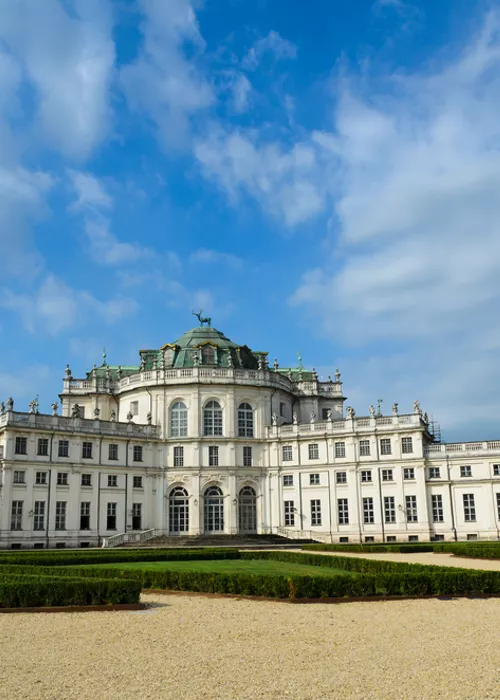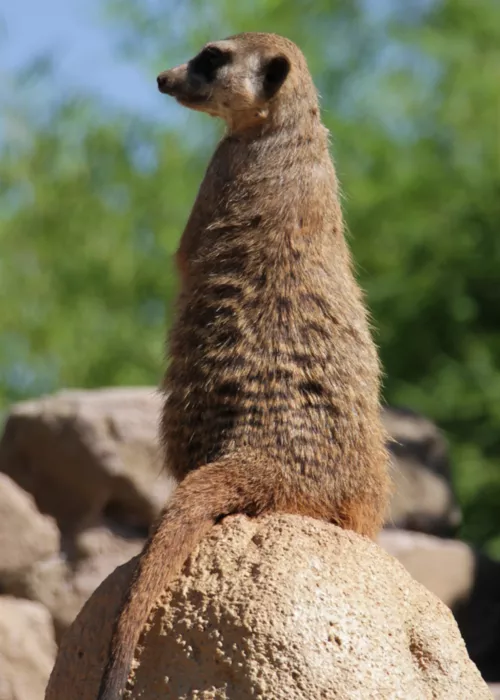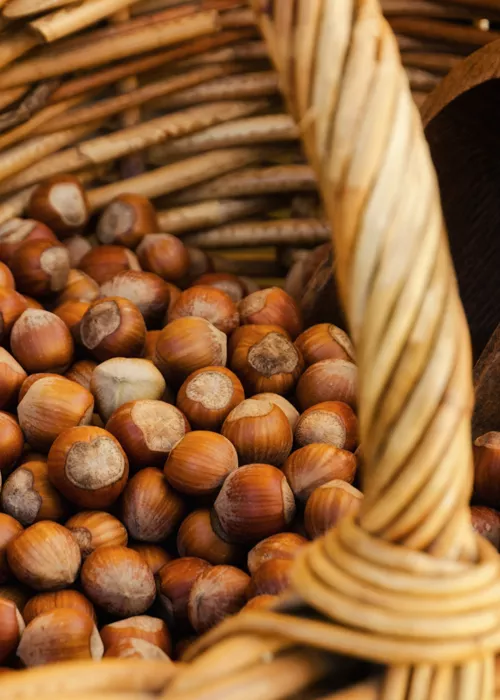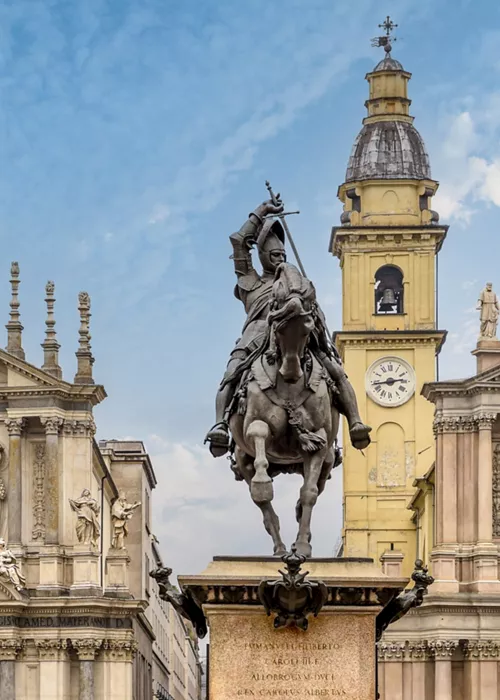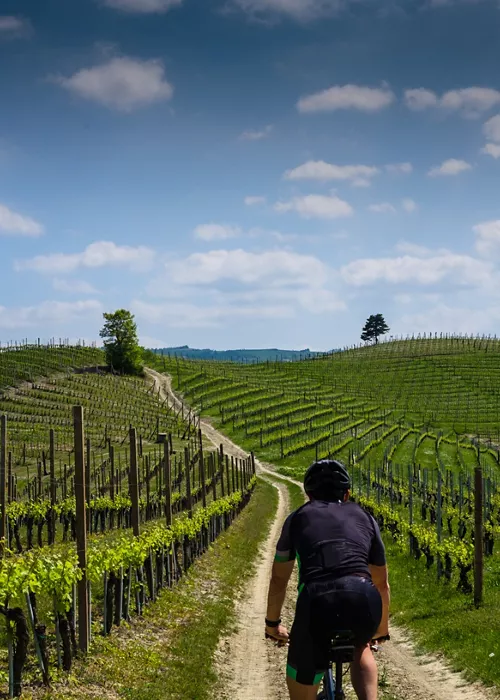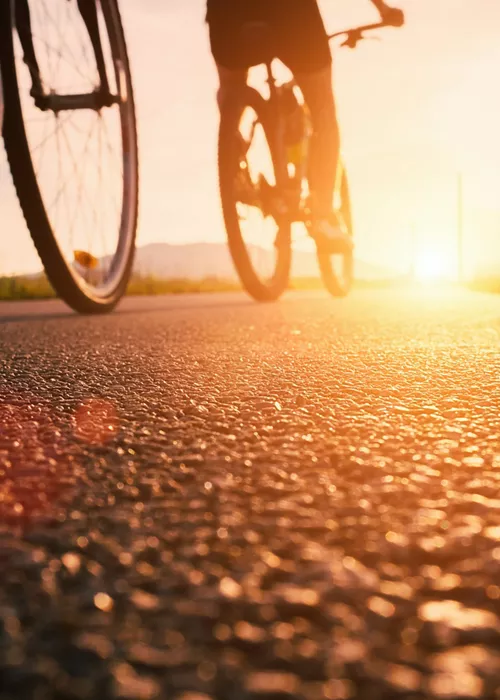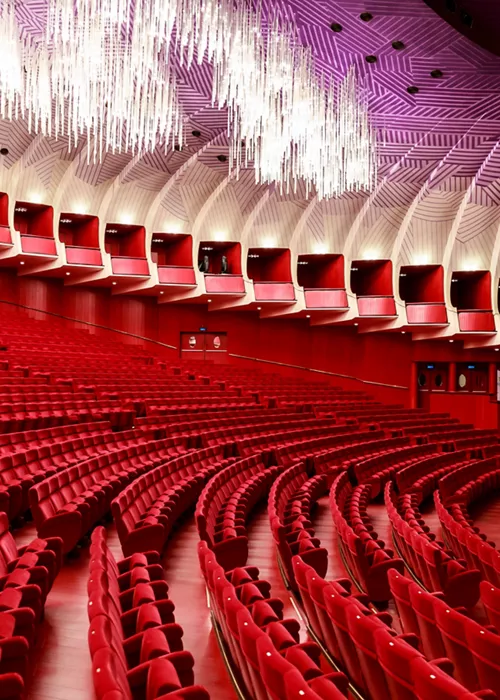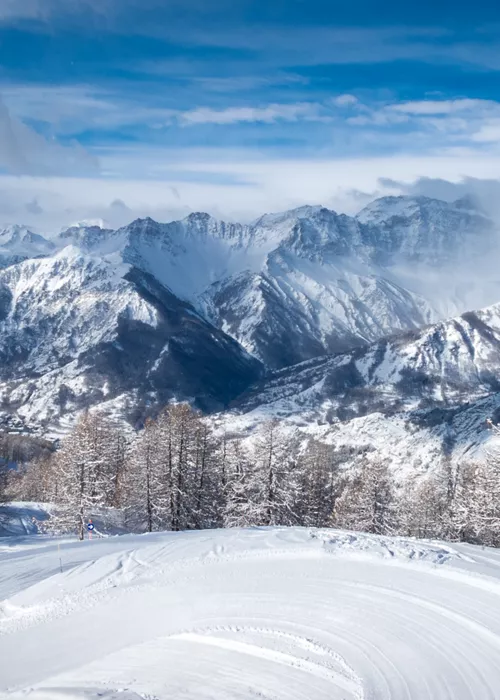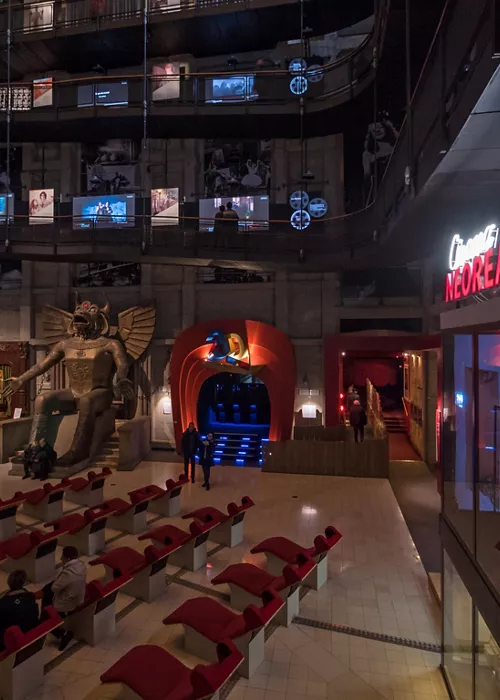One route and a thousand different worlds. The wonder of crossing Piedmont by bicycle
4 minutes
It is inspired by the GranPiemonte 2022, the autumn cycling Classic that starts in Omegna, on the northern tip of Lake Orta in the province of Verbano-Cusio-Ossola and ends just outside Turin. You just have to imagine these characters, and it is not difficult when you are riding your bike through an area so extraordinary that it seems like a small world in miniature, made up of rugged mountains and endless plains, rice fields and vineyards, castles, hunting estates and noble residences.
Just slow your pace, look around, get inspired. After all, the course is mostly flat, to the delight of those who like to feel the wind on their skin, but also those who prefer to keep some energy for a cultural pit stop. But pay attention to the kilometers, which are really a lot: as many as 198. The advice is to break the route into two stages, giving yourself a night’s rest, and leave the feat of covering it in a single day to the professionals. So, as they say in Piedmontese dialect, andùma, that is, let’s go!
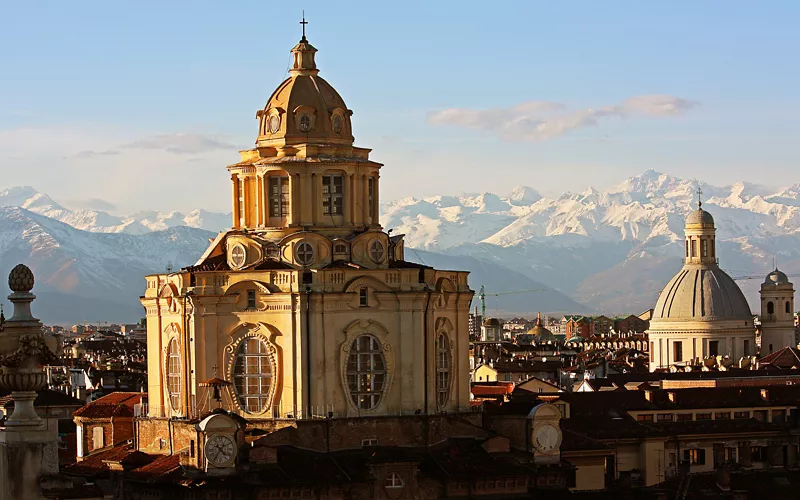
The route starts slightly uphill from Omegna and immediately threads its way in the most beautiful direction, that of Orta’s lakefront. Italy’s most romantic body of water, stretching from Mount Mottarone to the Novara plain, is dotted with picturesque villages, some on its shores, others perched on the hills, from where the view is unparalleled.
Nonio, the first village you encounter, is one of them. But something else makes it special. The quarries of serpentine, a gray-green mineral, and the phenomenon of the two sunsets: on certain days of the year the sun disappears behind Mount Castello, which overlooks the village, and reappears a few minutes later, only to set for good.
Not even time to set off again, and within a few kilometers another unexpected gem awaits you: Pella, the village that boasts one of the most beautiful panoramic balconies in Italy. We are talking about the Sanctuary of the Madonna del Sasso, from which you can embrace with your gaze the entire Lake Orta, including the small island of San Giulio. A stop here is the right goodbye to the lake, before a change of scenery.
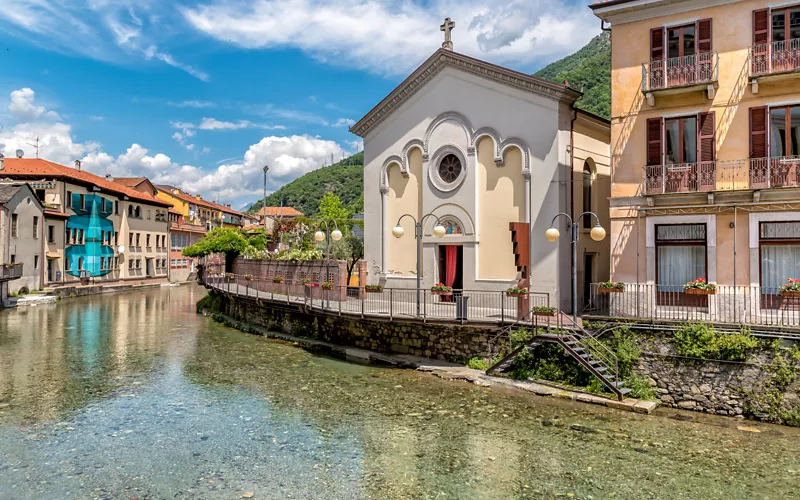
The route climbs to the Cremosina pass, at an altitude of 560 meters, beyond which Valsesia opens up, set among rugged and authentic mountains.
At Borgosesia, a center of wool production with a history stretching back thousands of years, you will find that one of them, with its lonely, mighty profile, catches your eye: it is Mount Fenera, from which the Nature Park in which the next few kilometers wind through takes its name. It seems a remote place, almost allergic to life, but it is not so.
About 300,000 years ago on its wooded slopes lived the Neanderthal man, as evidenced by the carvings in some caves, while today this habitat boasts very rare wildlife, including the black stork, the wallcreeper and the peregrine falcon.
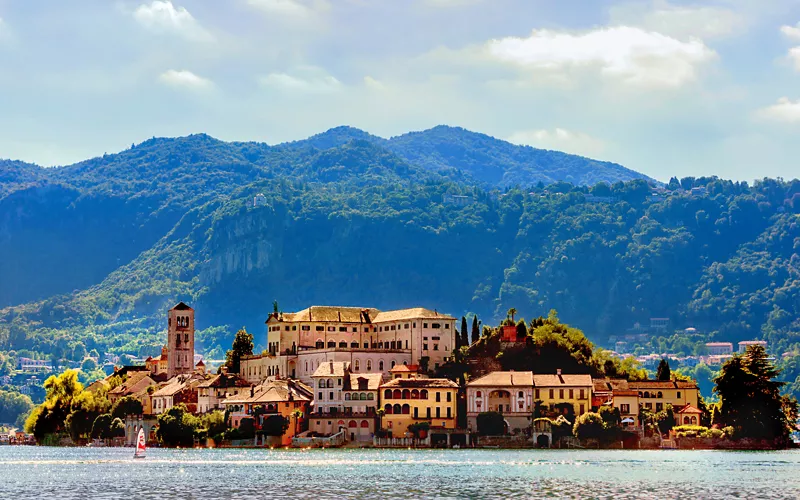
The magic of biking? Some 20 kilometers through rice fields and vineyards take you on a leap in time, from prehistory to the Renaissance.
You will realize this by observing Rovasenda and its tower-symbol, built in 1461 and a good 48 meters high. And even more in Buronzo with its Consortile, that is, seven castles in one.
The manor, in fact, belonged to the Lords of Buronzo, a family that in the 14th century divided into 7 branches: each occupied a separate portion of the fortress, while the common parts (such as moats and boundary walls) were managed together. Over the centuries a fortified village thus grew up, occupying 10,000 square meters and well worth a visit.
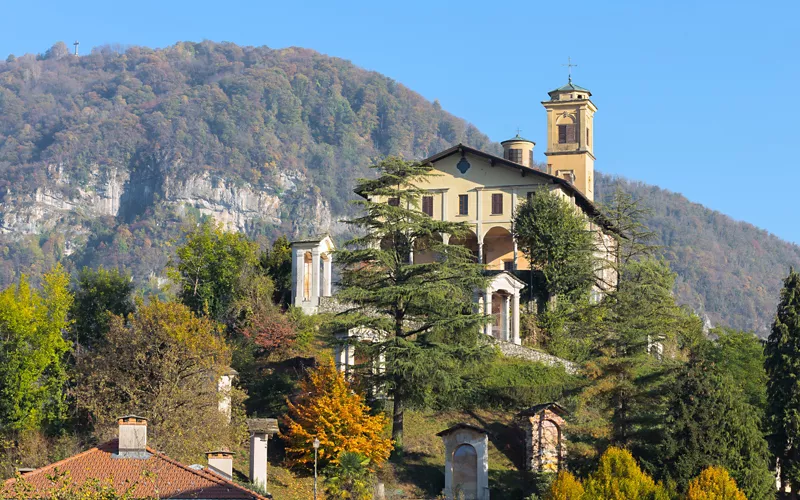
The plain, and with it the easy riding pace, stops in front of the Superga hill, which you climb from the Pilonetto side: the elevation gain is not crazy, but the gradients, especially at Rivodora, exceed 10 percent. At the top, there are at least two reasons to stop there: the splendid Baroque Basilica built to a design by Filippo Juvarra and dedicated to the Madonna delle Grazie, and the plaque in memory of Grande Torino, the soccer team that perished in the plane crash on May 4, 1949.
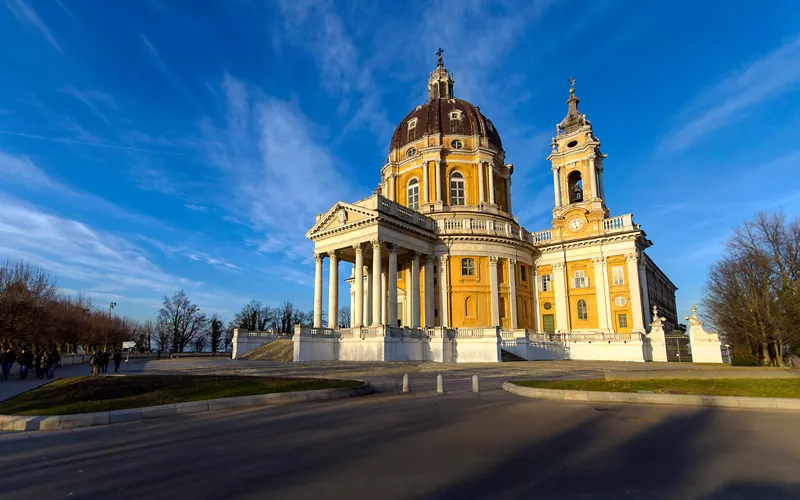
The descent from the hill takes you straight to another place dear to history lovers: Santena, the birthplace of Camillo Benso Conte di Cavour. The Cavourian Pole is dedicated to him, with the family’s 18th-century villa and the tomb of the statesman who brought about the unification of Italy, declared a national monument in 1911. It is a place full of charm, making it difficult to say goodbye. Take comfort in knowing that an equally interesting one awaits just a few pedal strokes away.
It is the Palazzina di Caccia di Stupinigi, one of Turin’s monumental jewels, built starting in 1729 for the hunting activities of the Savoy family. It belongs to the Royal Savoy Residences of Piedmont, a UNESCO World Heritage Site, and is the last recommended stop on this long itinerary arriving in Beinasco, just outside Turin.
By the RCS Sport editorial staff

